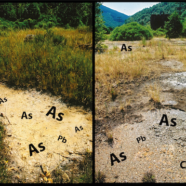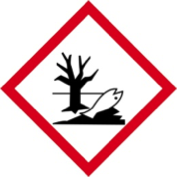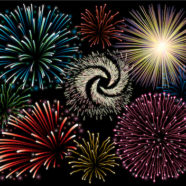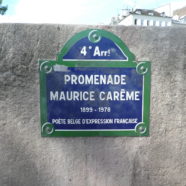(Français) Informations sur les risques sanitaires et environnementaux des feux d’artifices
Illuminati
July 13th, 14th, in France and all summer long, millions will gather at night to cheer fervently fireworks.
Fireworks are the simulacrum and the ersatz of war. Vertical flares pollute the sky and horizontal flares are used as weapons.
















